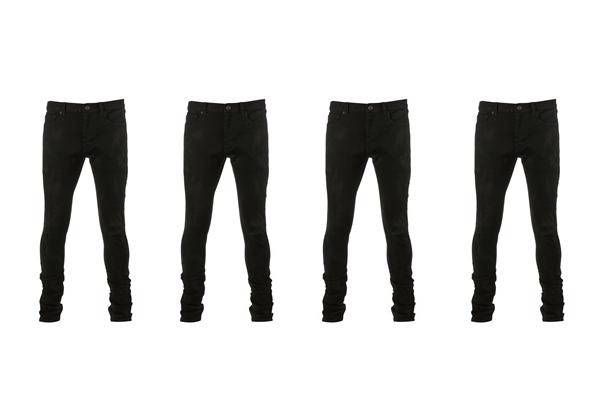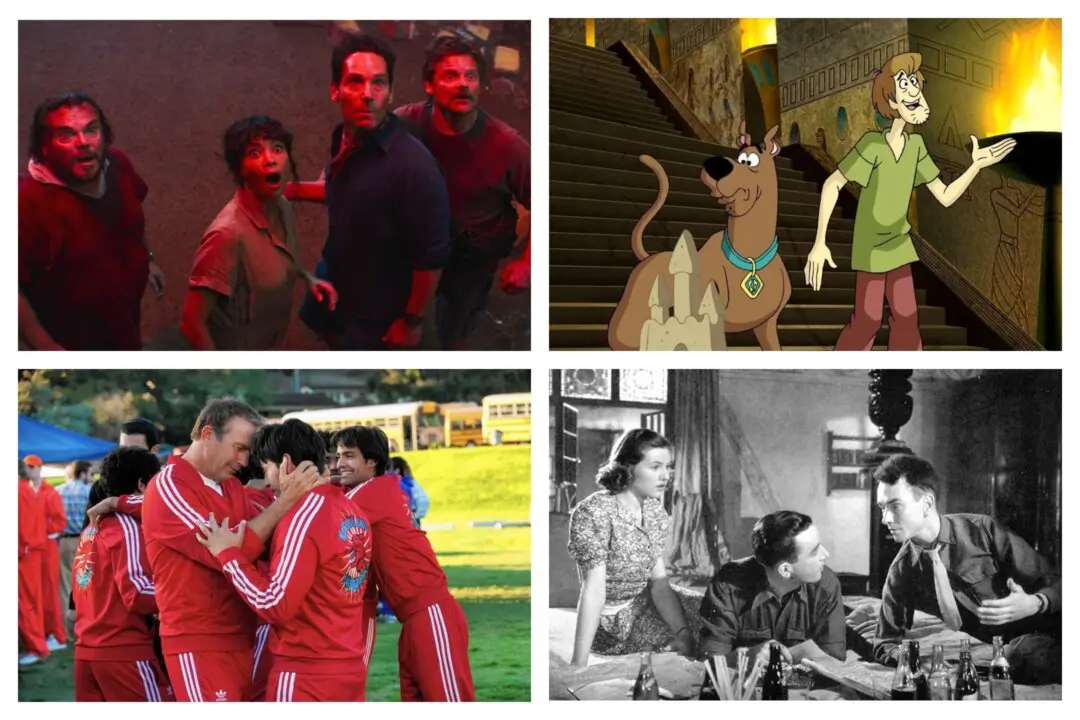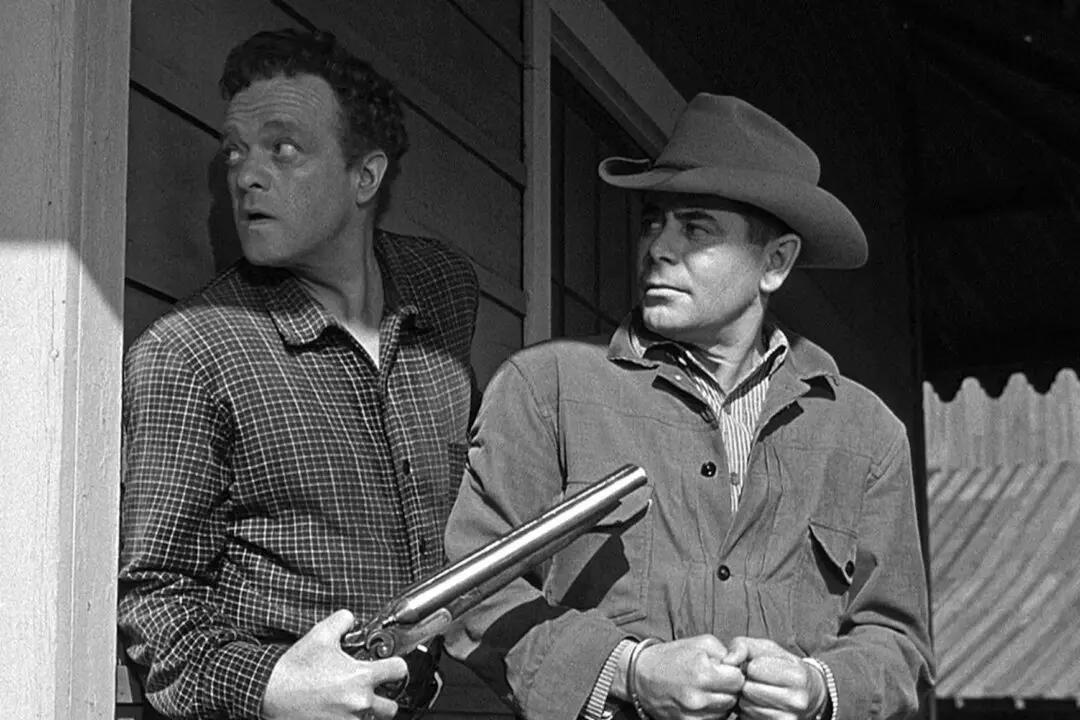Well, I’m glad to return to The Epoch Times after a little hiatus in which I was busy getting my new novel published. I am thankful that the good folks here at this unique newspaper welcomed me back, and not only to write about entertainment matters, but also pieces on other subjects as well, in a weekly column called “Kane’s Corner.” While I was away, I gleaned a few insights—a couple big, but most of them small and insignificant; ah yes, the distracted and muddled mind of a writer.
While stepping back and looking at current events and what is going on in this whacky modern world we all live in, I am filled with hope; there really is just nowhere to go from here but up (hopefully). For a while now, a trend has been growing and now appears to be catching fire: being unoriginal. From the rise of ultra-political correctness in almost every facet of contemporary society, where just about anything said outside of the pop group-mind is shunned, to such things as no new popular forms of good music being created, and a climate which fosters the germination of a truly bizarre creation; the modern hipster. The dress code de rigueur for this group seems to be a combination of everything bad from other offshoot movements, all slapped together into cute little highly packaged, skinny-legged clones of irony. Hipsters, in an extremely unsightly attempt to be different from the mainstream, have become mainstream; to the extent that they are now regularly featured in advertising and other forms of popular media.
This trend of being unoriginal seems to be continuing unabated, and strange as it may sound, that gives me hope. Take the recent redux of the 2014 film “47 Ronin.” Many critics have already panned the acting, set design, production, writing, etc., so I won’t jump onto that band-wagon. Let’s just say that if you haven’t seen the original 1941 Mizoguchi Kenji (in Japanese the family name comes first) film, you owe it to yourself to check it out. Keanu Reeves shows up wearing his one expression and does a serviceable job as the main character throughout most of film, which once again features a (for all intents and purposes) white male as the primary lead in a film taking place in a non-white foreign land.
That makes at least three major productions (there are probably many more) in which pale white guys are the pivotal leads in feudal Japanese films; the other two being 2003’s “The Last Samurai,” which starred Tom Pitt, I meant Brad Dicaprio, ooops—it was Tom Cruise (silly me!), as well as 1980’s “Shogun” with Richard Chamberlain. What did these three productions have in common? Why, of course…the white guys weren’t just the focus of a Japanese film, they also got to lay the primary Japanese female whom the men native to their country apparently aren’t deserved of.
Yes, in quite many a film, video game, comic book, etc., white men are free to partake of these beautiful foreign women of color, just as one would pluck an exotic fruit from a tree, and then swagger off with his treasure into the sunset for some hanky-panky. The reverse is not true at all, at least in popular media. As an aside; interestingly enough, a couple of men I know who do the whole online dating thing have noted that most women of color (Asian, Hispanic, and African American) on dating sites state quite frankly that they are only looking to date white men. They couldn’t have been brainwashed by these ubiquitous themes, no way!






